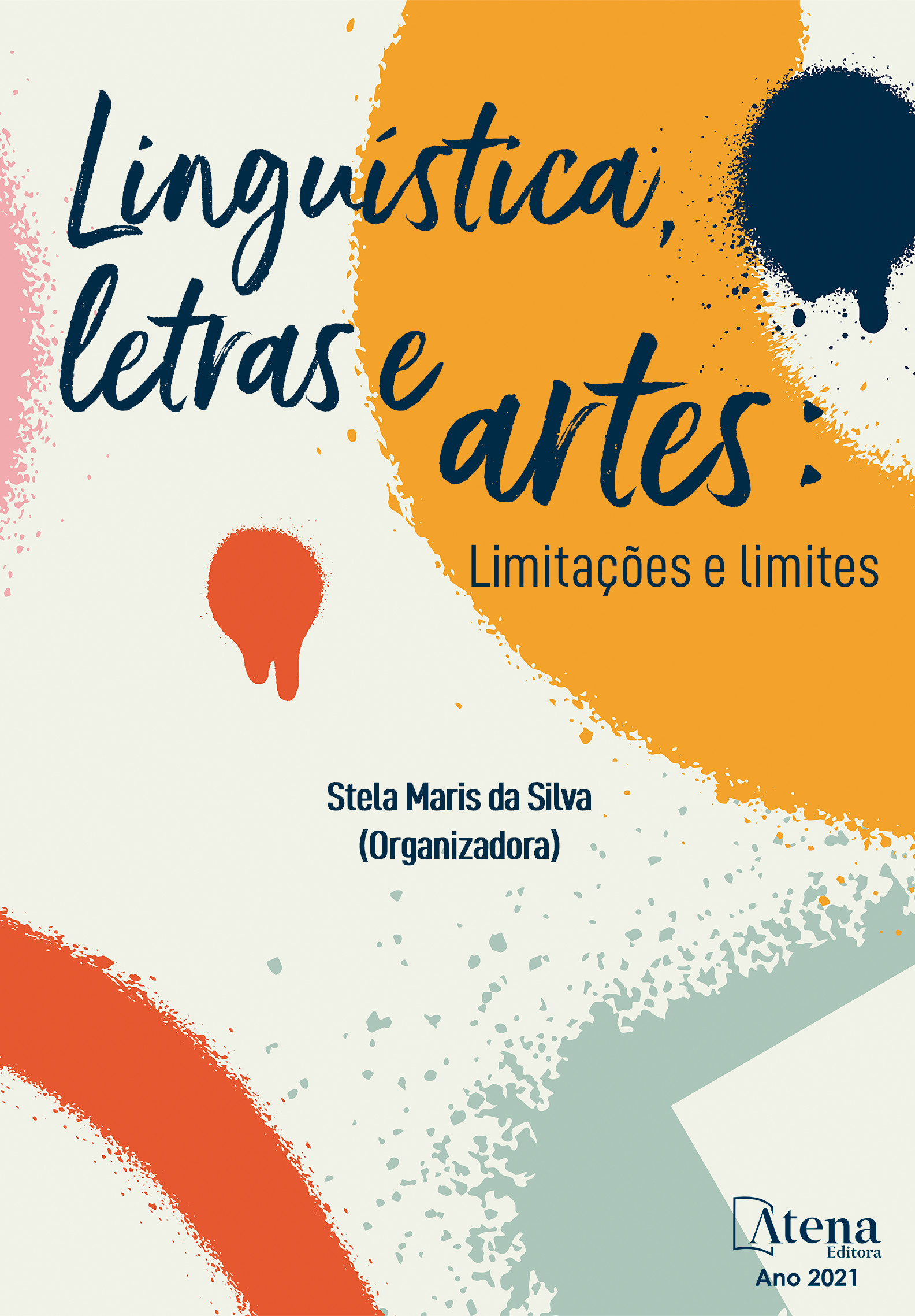
UMA POSSIBILIDADE DE RELAÇÃO ENTRE ÉTICA-ESTÉTICA: PARRESÍA CÍNICA, ARTE, UM “OUTRO OLHAR”
O objetivo do estudo é pensar com Foucault o estatuto da relação entre ética e estética. Tal relação é abordada como uma possibilidade na aproximação entre parresía cínica e estética da existência e “outro olhar”. Foucault pergunta: “como o cinismo pode dizer no fundo o que diz todo o mundo e tornar inadmissível o próprio fato de dizer? “ Dizer cinicamente a verdade não seria uma forma de resistir, ao mesmo tempo deslocar-se, não permanecer o mesmo? A parresía, verdade original, ou o dizer-a-verdade corajoso, é prática de si na adoção de uma “verdadeira vida”; é condição de possibilidade de autogoverno, a qual faz resistência às formas de assujeitamento do poder subjetivante. Pensar a ética como criação do indivíduo, como obra de si mesmo, como parresía cínica, prática e atitude, é condição da estética da existência. Ao mesmo tempo é um exercício para conseguir pensar o que está aí, mas invisível, para pensar o que não se pensara antes. Foucault cita os artistas e seus estilos de vida para mostrar os modos que descrevem particularmente o papel das lutas de resistência nas relações de poder. Destaca a pintura da Modernidade, em especial a obra de Manet, em sua materialidade agindo no sentido contrário ao da representação, um modo para o estabelecimento do jogo parresiático cínico entre o pintor, a obra e o espectador. Ao contemplar a obra, o espectador sai do lugar estável e cria as condições para “outro olhar”.
UMA POSSIBILIDADE DE RELAÇÃO ENTRE ÉTICA-ESTÉTICA: PARRESÍA CÍNICA, ARTE, UM “OUTRO OLHAR”
-
DOI: https://doi.org/10.22533/at.ed.5042129075
-
Palavras-chave: Foucault; Parresía Cínica; Estética da Existência; Arte.
-
Keywords: Foucault; Cynic Parresia; Aesthetics of Existence; Art.
-
Abstract:
This study aims at debating with Foucault about the relationship status between ethics and aesthetics. This relationship is a possible approach between cynical and aesthetic parresia of existence and “another look”. Foucault asks: “How can cynicism basically say what the whole world is saying and make the very fact of saying it inadmissible?” Wouldn't cynically telling the truth be a way to resist, at the same time to move, not to remain the same? Parresia, original truth, or the courageous telling-the-truth, is a practice of its own in adopting a “true life”. It is a possibility condition of self-government, which is resistant to the forms of subjection of the subjectivating power. Thinking of ethics as the individual creation, as a self-work, as cynical parresia, practice and attitude, is a condition of aesthetics of existence. At the same time, it is an exercise to be able to think what is there, but invisible, to think of what has not been thought before. Foucault points out artists and their lifestyles to show how they have, particularly, described the role of resistance struggles in power relationships. He highlights the Modernity painting, especially Manet’s work in its materiality, which acts out in the opposite direction to the representation way. This is how the cynical parresiatic game is established between painter, work and spectator. And, when contemplating the work of art, the spectator leaves a safe place and creates the conditions for “another look”.
-
Número de páginas: 16
- Stela Maris da Silva


